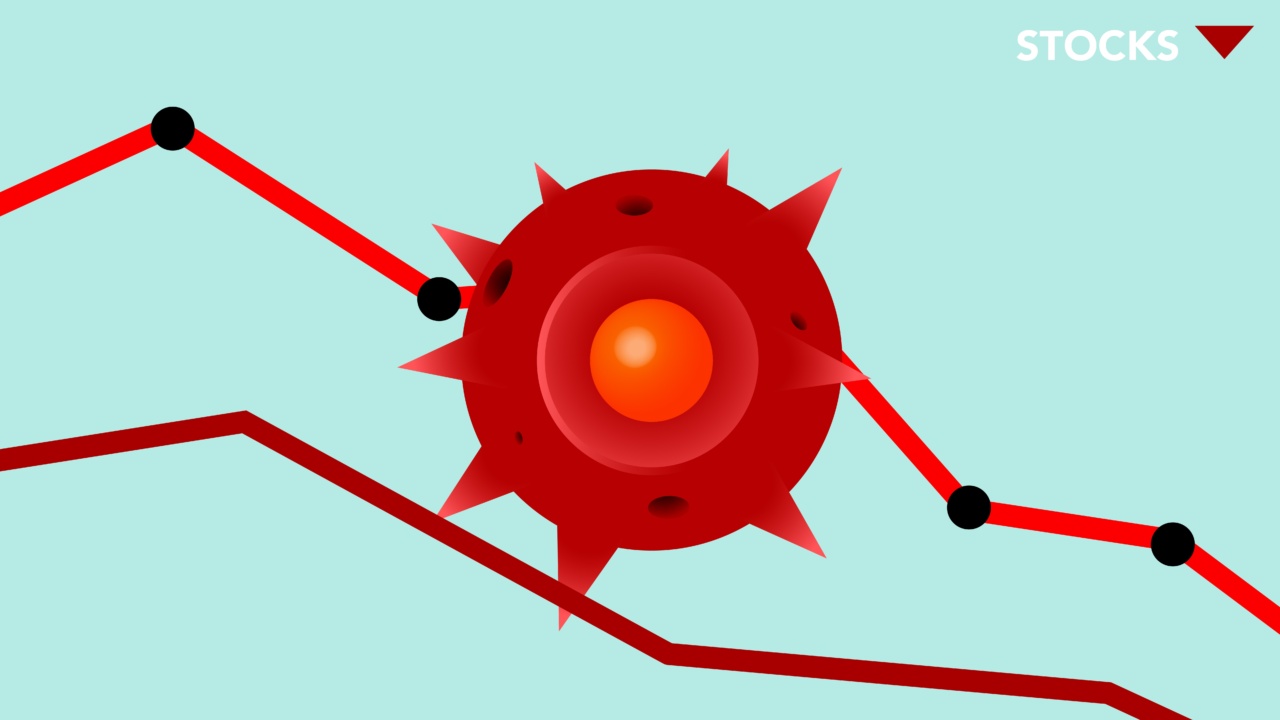Melanoma is a type of skin cancer that occurs when the pigment-producing cells in your skin, known as melanocytes, begin to grow abnormally. It is crucial to take proactive steps to reduce your risk of developing this potentially deadly condition.
By safeguarding your skin from harmful ultraviolet (UV) rays and adopting preventive measures, you can significantly minimize your chances of melanoma occurrence. Here are ten important steps you can follow:.
1. Seek Shade
One of the simplest yet most effective ways to reduce your risk of melanoma is to seek shade, especially during peak sunlight hours. The sun is at its highest intensity between 10 a.m.
and 4 p.m., so staying in the shade during this time can help limit your exposure to harmful UV rays.
2. Wear Protective Clothing
Covering up your skin with appropriate clothing can provide an extra layer of protection against UV radiation. Opt for long sleeves, long pants, and wide-brimmed hats to shield your skin from the sun’s harmful rays.
Additionally, consider wearing sunglasses that provide 100% UVA and UVB protection to safeguard your eyes.
3. Apply Sunscreen
Sunscreen is an essential tool in preventing skin damage from UV radiation. Apply a broad-spectrum sunscreen with an SPF of 30 or higher to all exposed areas of skin, including your face, neck, arms, and legs.
Reapply every two hours or more frequently if you are sweating or swimming.
4. Limit Sun Exposure
Reducing your overall sun exposure is vital in lowering your risk of melanoma. Avoid direct sunlight as much as possible, especially during peak hours. If you must be outdoors, seek shade whenever available and take frequent breaks indoors.
5. Avoid Tanning Beds
Tanning beds emit UV rays that can be even more intense than those from the sun. Regular use of tanning beds significantly increases your risk of developing melanoma and other types of skin cancer.
It is best to avoid tanning beds altogether and opt for alternative methods of achieving a tan-like appearance if desired.
6. Perform Regular Skin Examinations
Regularly examining your skin can help detect any changes or abnormalities early on. Take the time to carefully inspect your entire body, including your scalp, nails, and soles of your feet.
Look out for new moles, growths, or changes in the size, shape, and color of existing moles.
7. Promote Sun Safety among Children
Children also need protection against UV radiation, as excessive sun exposure during childhood can greatly contribute to the development of melanoma later in life.
Teach and encourage your children to practice sun safety measures, such as wearing protective clothing, applying sunscreen, and seeking shade when needed.
8. Stay Hydrated
Drinking plenty of water is essential for maintaining healthy skin. Proper hydration helps your body flush out toxins and enables your skin to remain supple and resilient.
By keeping your skin adequately hydrated, you enhance its natural defense mechanisms against UV damage.
9. Be Mindful of Medications
Some medications can increase your skin’s sensitivity to sunlight, making it more susceptible to damage. Check the labels of any prescription or over-the-counter drugs you are taking to see if they have any photosensitive effects.
If so, make sure to take extra precautions to protect your skin from the sun.
10. Schedule Regular Skin Checkups
Regular visits to a dermatologist for comprehensive skin checkups are crucial in identifying any potential signs of melanoma or other types of skin cancer.
Your dermatologist will conduct a thorough examination and advise you on further preventive measures or necessary treatments.
Follow these steps diligently to minimize your risk of developing melanoma. Prevention is key when dealing with skin cancer, and the efforts you make now to protect your skin will pay off greatly in the long run.
Prioritize your skin health and take action to reduce your risk of melanoma today!.




























